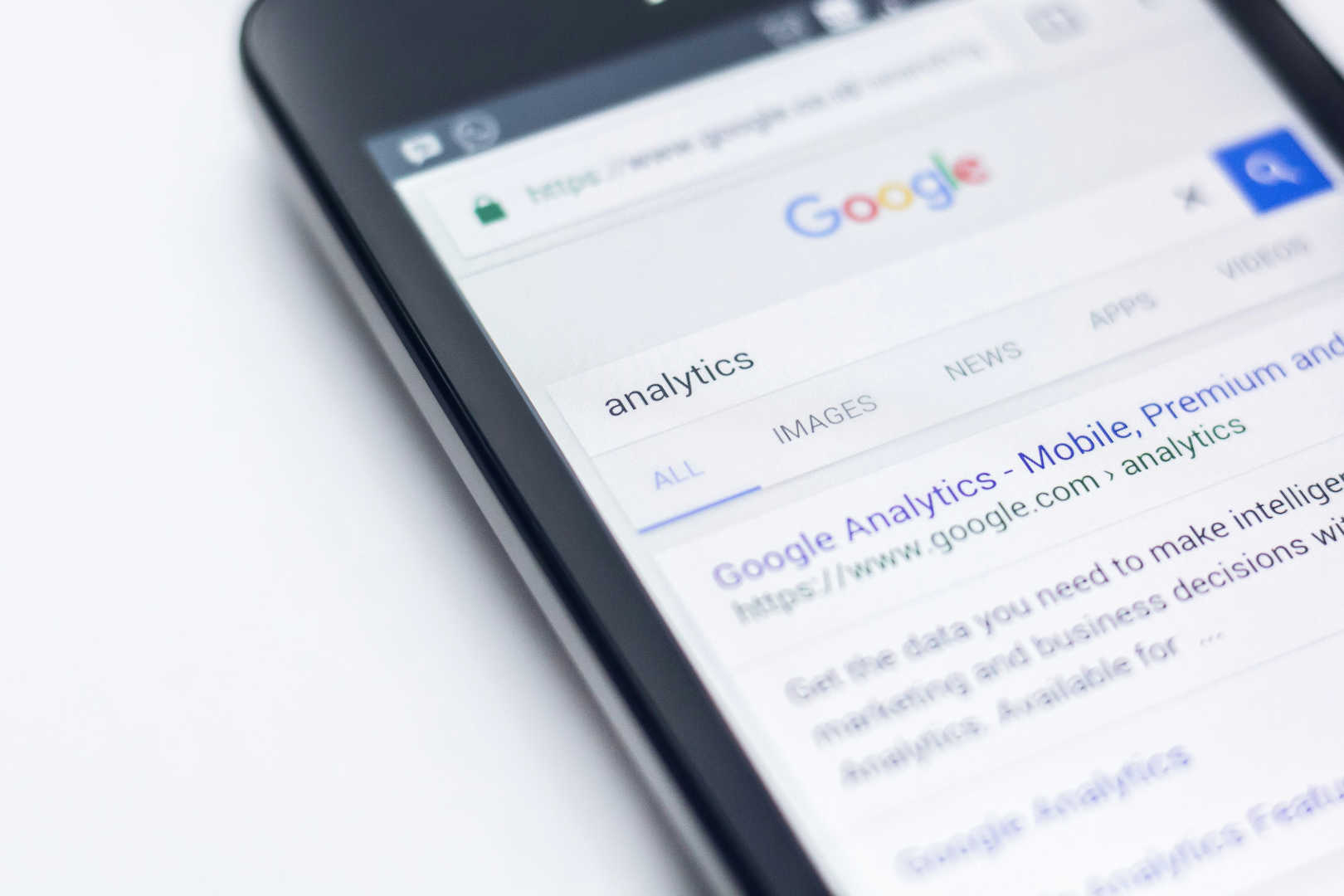Overcoming Challenges in Adapting to GA4 for B2B Companies
The shift from Universal Analytics (UA) to Google Analytics 4 (GA4) is a game-changer for B2B companies, but it hasn’t come without challenges. Unlike UA’s session-based model, GA4 introduces event-based tracking, creating new opportunities for deeper insights and a steep learning curve for marketers. For B2B professionals, where long sales cycles and lead attribution are critical, understanding these changes is essential to maintaining marketing ROI.
While GA4 offers advanced features like predictive analytics and cross-device tracking, B2B companies often struggle to adapt to its new metrics, reporting models, and setup requirements. Let’s explore how to overcome these challenges and leverage GA4 to enhance your lead generation and conversion strategies.
Understanding GA4’s Key Changes
Adapting to GA4 for B2B companies starts with understanding how it differs from Universal Analytics. Here are the key changes and their implications:
- Event-Based Tracking
Unlike UA, which relied on session-based tracking, GA4 focuses on events, allowing you to capture user interactions more granularly. For B2B marketers, you can track specific actions, like form submissions or content downloads, across multiple devices and touchpoints.
- Customizable Metrics
GA4 enables the creation of custom metrics tailored to your specific goals. Instead of relying on predefined metrics, B2B marketers can track the number of MQLs (marketing-qualified leads) generated from gated content or webinars.
- Cross-Platform Tracking
GA4’s cross-platform tracking capabilities allow you to monitor user journeys across websites and mobile apps seamlessly. This is especially valuable for B2B companies with multi-channel campaigns targeting different decision-makers within the same organization.
- Predictive Analytics
GA4 introduces predictive metrics like purchase probability and churn likelihood. While these features are often associated with e-commerce, B2B companies can adapt them to forecast which leads are more likely to convert based on past behavior.
By familiarizing themselves with these features, B2B marketers can reshape their strategies to align with GA4’s advanced capabilities. In the next section, we’ll explore the common challenges companies face during this transition—and how to overcome them effectively.
Common Challenges in Adopting GA4
Transitioning to GA4 isn’t without hurdles, especially for B2B companies managing complex sales cycles and lead attribution models. Below are some of the most common challenges and actionable tips to overcome them.
Data Migration Difficulties
Migrating from Universal Analytics to GA4 means starting fresh with data collection, as historical data from UA cannot be directly imported. This creates a gap in year-over-year analysis, which is crucial for B2B marketing teams.
Solution:
- Start implementing GA4 alongside UA as soon as possible to establish a baseline for new data.
- Use tools like BigQuery to export and store historical UA data for future comparisons.
Complex Setup and Customization
GA4’s flexibility requires more upfront configuration to align with your marketing goals. This includes defining custom events, setting up conversions, and configuring data streams for web and mobile.
Solution:
- Conduct a comprehensive audit of your UA setup to identify key events and goals you must replicate in GA4.
- To ensure proper setup, work with experts or use detailed guides. FunnelEnvy’s GA4 onboarding services, for example, can simplify this process.
User Training and Adoption
Many marketing teams find GA4’s interface and reporting tools unfamiliar and unintuitive. This can slow down adoption and lead to mistakes in data interpretation.
Solution:
- Invest in training sessions or workshops tailored to your team’s needs, focusing on GA4’s unique features like the Analysis Hub.
- Encourage team members to explore GA4’s pre-built templates for reporting while learning to customize reports for B2B-specific KPIs.
Attribution Model Changes
GA4 introduces a new attribution model that defaults to data-driven attribution, which distributes credit for conversions across multiple touchpoints. This change can confuse B2B marketers who are used to last-click attribution.
Solution:
- Spend time understanding how GA4’s attribution model works and use the model comparison tool to evaluate different options for your business.
- Leverage FunnelEnvy’s expertise to refine attribution strategies and measure performance effectively.
Tackling these challenges head-on will streamline your transition to GA4 and ensure your data is accurate and actionable.
Leveraging GA4 for Better Insights
Once the initial challenges of adopting GA4 are addressed, B2B companies can unlock its advanced features to improve their marketing strategies and lead conversion rates. Here are a few ways to leverage GA4’s capabilities:
Predictive Analytics for Lead Scoring
GA4’s predictive analytics can provide insights into user behavior, such as the likelihood of a lead taking a specific action. For B2B companies, this means identifying high-intent leads based on historical data.
Example:
Use GA4’s predictive metrics to forecast which users are most likely to sign up for a demo or download a whitepaper, then prioritize those leads for follow-up.
Enhanced Audience Segmentation
GA4’s event-based tracking allows for more granular audience segmentation. This means you can create highly targeted campaigns based on specific user actions, such as spending time on a pricing page or repeatedly interacting with a particular product demo.
Example:
Segment users who have engaged with a webinar signup page but haven’t completed the form. Retarget them with personalized ads or email campaigns.
Custom Funnels for Complex B2B Journeys
B2B companies often have longer sales cycles with multiple touchpoints. GA4’s custom funnel reports make it easier to track user behavior at each stage of the journey.
Example:
Build a funnel to monitor users who visit your “Solutions” page, download a whitepaper, and then contact your sales team. Use the drop-off data to refine messaging or UX elements at each stage.
Integration with BigQuery for Advanced Analysis
As mentioned above, GA4’s seamless integration with BigQuery enables advanced data analysis, which is critical for B2B companies dealing with large datasets. You can create custom reports beyond GA4’s default interface to uncover deeper insights.
Example:
Analyze long-term customer behavior to identify which content types generate the most MQLs and refine your content strategy accordingly.
Cross-Device and Cross-Channel Insights
With GA4’s cross-device tracking, B2B companies can better understand how decision-makers engage across different platforms, such as mobile, desktop, and apps.
Example:
Use this data to optimize multi-channel campaigns, ensuring a consistent user experience that drives conversions across devices.
By leveraging GA4’s advanced features, B2B marketers can gain deeper insights into their campaigns, enabling better decisions and higher ROI. The following section discusses why early adoption is critical and how FunnelEnvy can help you maximize GA4.
Adapting GA4 for Your B2B Company
Adapting to GA4 for B2B companies is not just a technical transition—it’s an opportunity to refine marketing strategies and gain a competitive edge in lead generation and conversion. While challenges like data migration, user training, and attribution modeling can feel daunting, the long-term benefits of GA4’s advanced features outweigh the initial hurdles.
For B2B organizations, early adoption of GA4 also helps future-proofing your marketing strategies. Waiting too long could mean falling behind in your ability to track and optimize key performance metrics effectively.
Start Early for Best Results
To maximize the benefits of GA4, starting the transition process early and leveraging parallel tracking to mitigate data loss and ensure a smooth transition is essential.
If this transition feels a little overwhelming, you aren’t alone. FunnelEnvy is here to help B2B marketers make the most of GA4’s capabilities. Our GA4 Audit expertise enables you to unlock the full potential of GA4 in just 21 days. The offer includes:
- 150-point audit
- 21-day delivery guarantee
- Precise plans & instructions
You don’t have to tackle this alone. Contact our expert team today to get started and begin seeing results in as little as 21 days.





